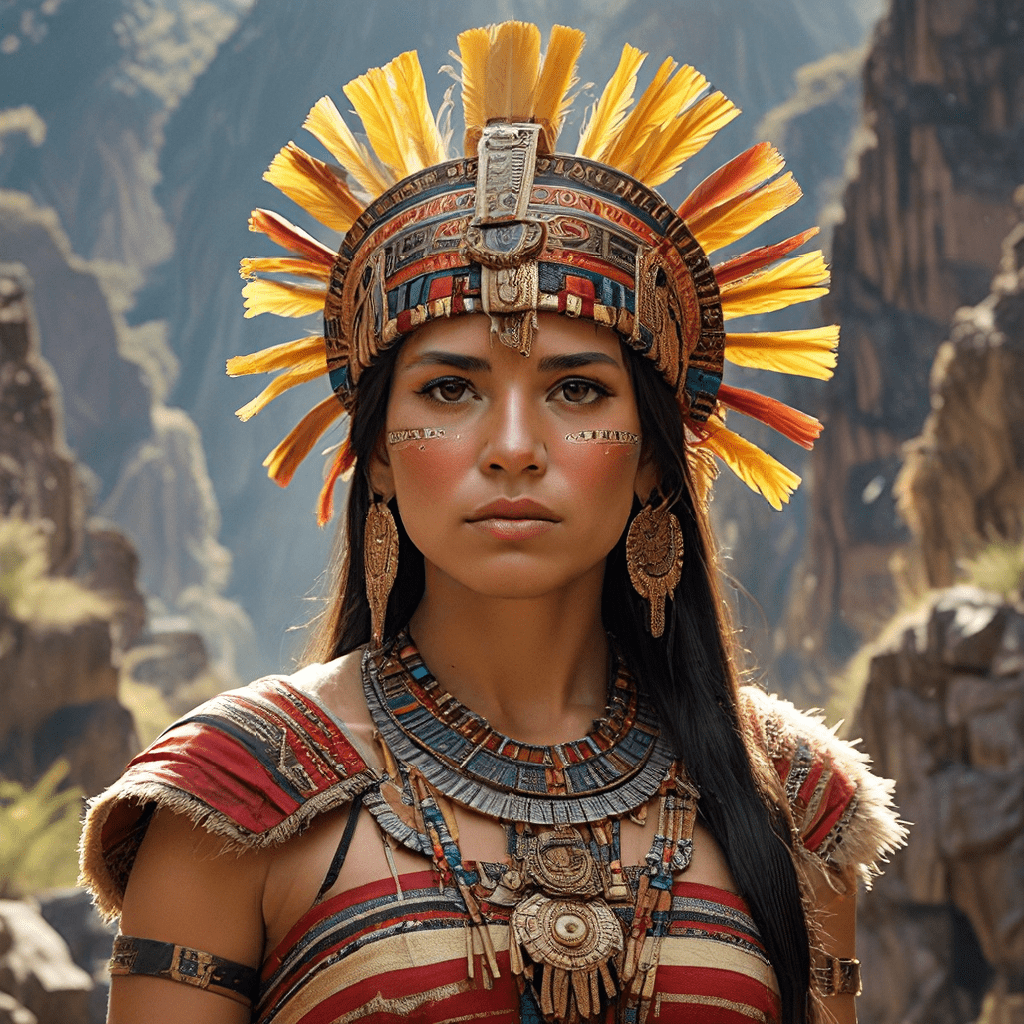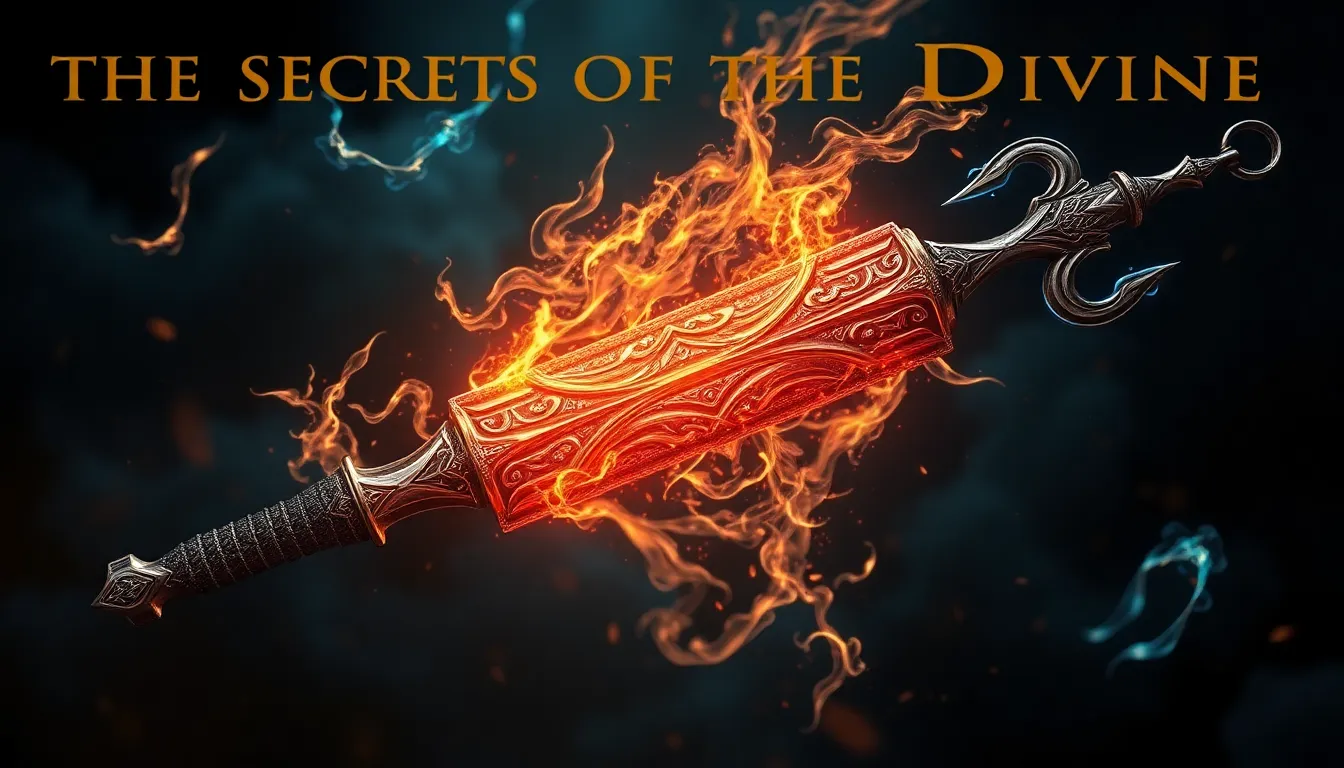Incan Mythology and Gender Roles: Stories of Equality and Power
The Inca Empire, which flourished in the Andes Mountains of South America from the 13th to 16th centuries, was a civilization renowned for its advanced agriculture, impressive architecture, and complex social structures. Beyond its tangible achievements, the Inca civilization possessed a rich tapestry of myths and legends that provide valuable insights into their beliefs, values, and social dynamics. Examining Incan mythology reveals a fascinating narrative about gender roles, showcasing a nuanced system that often challenged the hierarchical power structures prevalent in other ancient societies.
The Mythological Landscape of the Inca: A World of Gods and Goddesses
In Incan mythology, the cosmos was teeming with divine beings who played crucial roles in shaping the natural world and guiding human destiny. The Incas believed that these gods and goddesses were powerful entities, each with their own unique attributes and domains. Their stories, passed down through generations, provided moral guidance, explained natural phenomena, and reinforced social norms. This pantheon of deities was not static, but rather dynamic and constantly evolving, reflecting the changing needs and experiences of the Incan people.
The Creator Goddess: Pachamama and the Sacred Feminine
At the heart of Incan mythology lies Pachamama, the Earth Mother Goddess. She is the epitome of the sacred feminine, representing the life-giving power of the earth, abundance, fertility, and the interconnectedness of all living things. Pachamama is a benevolent and nurturing deity, embodying the essential elements of creation and sustenance. The Incas reverenced her through rituals, offerings, and ceremonies, recognizing her as the source of their prosperity and well-being. Her presence in mythology symbolizes the profound respect for the feminine principle and the interconnectedness between humans and nature.
Inti, the Sun God, and the Balance of Power
While Pachamama embodied the nurturing and life-giving aspects of the cosmos, Inti, the Sun God, represented power, authority, and the celestial order. His role in mythology was significant as he was believed to regulate the seasons, provide warmth and light, and ensure the success of agricultural endeavors. The Incas held Inti in high regard, building magnificent temples in his honor and conducting grand festivals to celebrate his divine presence.
Beyond the Deities: Gender Roles in Incan Society
Incan mythology provides a rich context for understanding gender roles in their society. While the presence of both male and female deities reflects a recognition of both masculine and feminine principles, the complex interplay between these forces within the mythological realm also sheds light on the nuances of gender relations in Incan society. Unlike some other ancient civilizations where women were confined to domestic roles, the Incas developed a social system that recognized women's contributions to society and afforded them significant levels of agency.
Women as Leaders and Guardians of Knowledge
In Incan society, women were not merely confined to domestic roles. They held positions of power and influence, contributing significantly to the advancement of knowledge and the well-being of their communities. They were recognized as leaders, educators, and spiritual guides, playing vital roles in maintaining social order and preserving cultural traditions.
One prominent example of women's leadership is the role of the Coya, the queen or empress, who held significant political and social influence. The Coya advised the emperor on matters of state, represented the Inca Empire in diplomatic affairs, and played a crucial role in maintaining the continuity of the royal lineage.
Beyond the royal court, women held positions of authority in various aspects of Incan life. They were responsible for managing household affairs, educating children, and preserving traditional knowledge, particularly in areas related to medicine, agriculture, and weaving. Their deep understanding of natural cycles, healing practices, and textile arts made them valuable members of their communities.
The Role of Women in Agriculture and Weaving
Agriculture was the backbone of Incan society, and women played a crucial role in this essential economic activity. From preparing the land to tending crops and harvesting the bounty, women were deeply involved in the agricultural cycle. Their knowledge of agricultural practices, understanding of the environment, and ability to adapt to challenging conditions ensured the success of Incan farming.
Weaving was another essential skill that women mastered, and it was considered a highly respected art form. From using natural dyes to creating intricate patterns and weaving textiles for clothing, blankets, and tapestries, women's expertise in weaving was essential to Incan society. The artistry and skill involved in weaving were not merely a practical skill; they were seen as acts of creation and a reflection of Incan spiritual and cultural values.
The Power of the Mamakuna: Priestesses and Spiritual Guides
In Incan society, women served as spiritual guides and religious leaders. The Mamakuna, a group of priestesses, played a critical role in maintaining religious practices, performing rituals, and guiding the spiritual well-being of the people. They were responsible for interpreting omens, conducting divination ceremonies, and communicating with the divine realm. Their connection to the sacred feminine empowered them to act as intermediaries between the human and the spiritual worlds, playing a vital role in maintaining the harmony and balance of Incan society.
Mythological Narratives Reflecting Gender Dynamics
Incan mythology provides numerous stories that reflect the gender dynamics of their society. One of the most prominent tales is that of Mama Ocllo, a powerful figure whose story reveals the complex interplay between the divine feminine and the origins of the Inca Empire.
The Tale of Mama Ocllo and the Origins of the Inca Dynasty
According to Incan mythology, Mama Ocllo was one of the four siblings who emerged from the sacred cave at Lake Titicaca, the origin point of the Inca people. She was known for her wisdom, her ability to teach, and her role in guiding the Inca civilization towards prosperity. Mama Ocllo is often portrayed as a powerful and influential figure, representing the feminine force that played a crucial role in establishing the foundations of Incan society.
Interpretations and Theories: Revisiting Incan Gender Roles through Mythology
The rich tapestry of Incan mythology provides a window into the complexities of their society and sheds light on the roles and perspectives of women within that context. While some scholars argue that the prominence of female deities in Incan mythology reflects a more egalitarian society, others suggest that the balance of power between the sacred feminine and masculine was not always harmonious.
Regardless of interpretation, Incan mythology offers a powerful reminder that gender roles and power dynamics are diverse and complex, even in ancient civilizations. By studying the myths and legends of the Incas, we gain a deeper understanding of the richness and complexity of human history and the ever-evolving nature of gender roles across cultures and time.
Frequently Asked Questions (FAQ)
What is the significance of Pachamama in Incan mythology?
Pachamama, the Earth Mother Goddess, is a central figure in Incan mythology, representing the life-giving power of the earth, fertility, and abundance. Her presence symbolizes the profound respect for the feminine principle and the interconnectedness of humans and nature.
What roles did women play in Incan society?
Women held positions of power and influence in Incan society. They were leaders, educators, spiritual guides, and skilled artisans, contributing significantly to the advancement of knowledge and the well-being of their communities.
What is the significance of the Mamakuna in Incan mythology?
The Mamakuna were a group of priestesses who played a vital role in maintaining religious practices, performing rituals, and guiding the spiritual well-being of the people. They were seen as intermediaries between the human and the spiritual worlds, embodying the power and wisdom of the sacred feminine.
What can we learn about gender roles from Incan mythology?
Incan mythology reveals a nuanced system of gender roles, showcasing a society that recognized women’s contributions and afforded them significant levels of agency. It underscores the importance of studying ancient cultures to gain a deeper understanding of the diversity and complexity of human history and the ever-evolving nature of gender roles across cultures and time.



